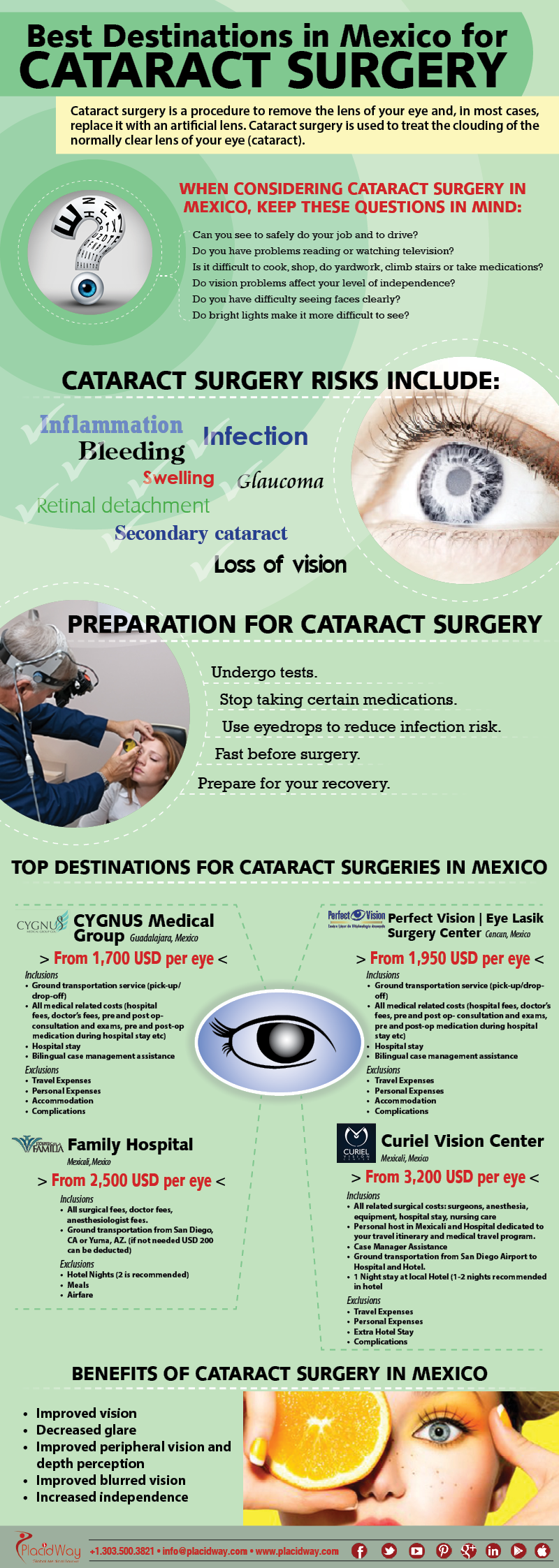The Comprehensive Overview To Refractive Lens Exchange: Essential Information You Need To Understand
The Comprehensive Overview To Refractive Lens Exchange: Essential Information You Need To Understand
Blog Article
Team Author-Lauesen McLean
If you're considering refractive lens exchange, you most likely have a great deal of inquiries. This treatment can change exactly how you see the world, supplying advantages like reduced dependence on glasses. Nevertheless, it's vital to recognize the process, risks, and that qualifies as a great prospect. Allow's explore these crucial aspects so you can make an educated choice regarding whether RLE is right for you.
What Is Refractive Lens Exchange and Exactly How Does It Function?
Refractive lens exchange (RLE) is a surgery developed to change your eye's natural lens with a man-made one, remedying vision concerns like nearsightedness, farsightedness, or presbyopia.
During the treatment, your specialist makes a small laceration in the eye, removes your all-natural lens, and inserts an intraocular lens (IOL) customized to your vision requires. This outpatient surgery normally takes around 15 to thirty minutes per eye and is executed under local anesthesia.
You'll likely observe improvements in your vision almost instantly, though full recovery may take a few weeks. RLE is especially helpful for those over 40 or with high prescriptions, providing a lasting remedy compared to glasses or contact lenses.
Your eye care specialist can help determine if RLE is right for you.
What Are the Benefits and Dangers of Refractive Lens Exchange?
Selecting refractive lens exchange can lead to substantial improvements in your vision, yet it's important to consider both the benefits and threats before making a decision.
On the plus side, this treatment can boost your eyesight by remedying concerns like presbyopia, myopia, and hyperopia. Numerous people delight in lowered dependence on glasses or contact lenses, which can greatly boost their lifestyle.
Nevertheless, it's critical to think about prospective dangers. Issues can consist of infection, glare, or halos around lights.
There's also an opportunity of overcorrection or undercorrection, which may call for extra procedures.
That Is a Suitable Candidate for Refractive Lens Exchange?
If you're thinking about refractive lens exchange, it is very important to recognize whether you fit the account of an excellent prospect. Typically, you may be an excellent prospect if you're over 40, experience presbyopia, or have high levels of nearsightedness or farsightedness.
Is LASIK Covered By Insurance 's additionally crucial that your vision is steady, suggesting your prescription hasn't transformed substantially in the past year. If you have cataracts or other eye problems, you could benefit from this treatment as well.
Nonetheless, certain aspects, like unchecked diabetes mellitus or autoimmune diseases, might disqualify you. To determine your candidateship, consult with an eye treatment professional that can review your certain scenario and recommend the most effective strategy customized to your requirements.
Verdict
Finally, refractive lens exchange can be a transformative option for improving your vision, specifically if you're over 40 or have a high prescription. While the benefits are significant, it's vital to weigh the risks and seek advice from your eye care specialist to establish if you're an ideal candidate. With helpful resources and guidance, you can make an educated choice and potentially delight in a life with lowered dependence on glasses.
